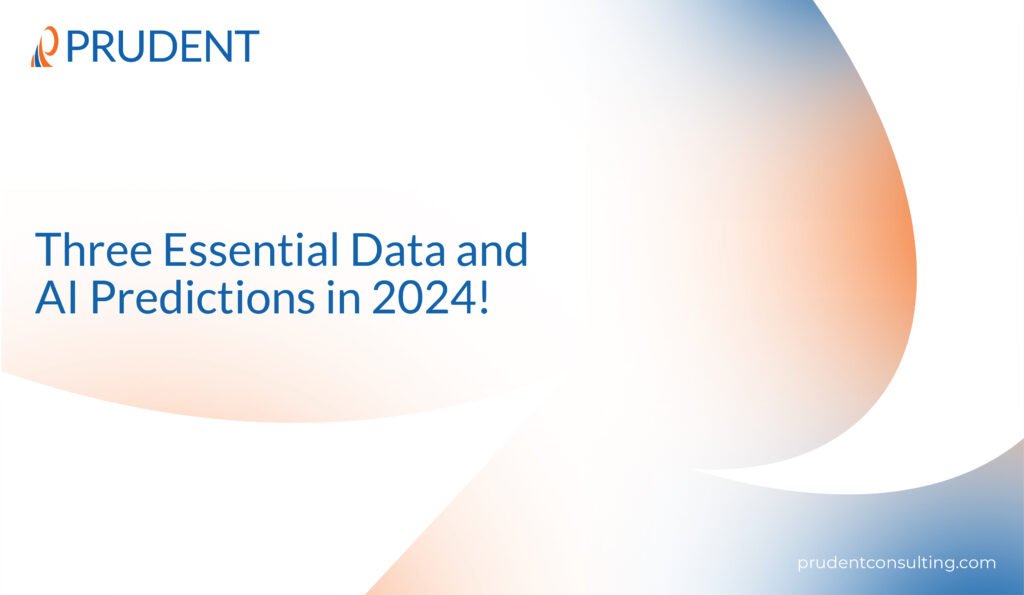As businesses undergo continuous transformation in their data infrastructure and venture into the expanding realm of generative AI, 2024 is anticipated to be a period of strategic re-alignment and deliberate adoption. Here are three essential predictions poised to shape the technological landscape in the coming year.
Key Prediction 1: Cautious Exploration of Generative AI
Generative AI holds immense promise, captivating the imagination of technologists worldwide. However, in 2024, while interest in generative AI will remain high, actual investments are expected to be cautious. Concerns about data residency, security, and operational complexities will prompt a conservative approach.
Applications of generative AI are likely to be mainly confined to enhancing customer service through advanced chatbots and supporting professionals as copilots across various industries. Large language models (LLMs), integral to generative AI, will likely stay within the domain of major cloud vendors, with OpenAI maintaining a market-leading position.
In-house development of LLMs by enterprises will be rare due to the expertise, resources, and data, keeping the power centralized among a few key players.
Key Prediction 2: Cost-Conscious Cloud Migration
While the trend of organizations shifting to cloud-based data and analytics infrastructure will continue, 2024 will emphasize a more fiscally responsible approach. Databricks and Snowflake are expected to sustain their dominance, with Databricks benefiting from a first-mover advantage in facilitating lakehouse architecture.
Economic challenges will lead organizations to scrutinize cloud spending more closely, favoring the cost-effective lakehouse design pattern over the traditional data warehouse. This pattern aligns well with the current move towards decentralized and flexible data management.
Key Prediction 3: Growth of Microsoft Fabric and the Data Lakehouse Movement
As data management strategies evolve, Microsoft Fabric is anticipated to gain popularity as an all-in-one analytics solution for deploying an enterprise-grade data lakehouse. Leveraging DirectLake technology, Microsoft Fabric promises seamless integration with the Microsoft ecosystem, allowing real-time insights and analytics directly on top of the data lake.
Despite its appeal, enterprises may face challenges due to the relative immaturity of Microsoft Fabric’s infrastructure. Established players like Databricks and Snowflake are expected to maintain significant market share, as their proven track record and familiarity outweigh the potential of Microsoft Fabric.
What are the Measured and Cautious Investments in 2024
Looking ahead, 2024 is not about the decline of specific technologies but rather about adaptation and strategic investment. Microsoft Fabric will emerge as a contender in the data lakehouse arena, but its maturity will be decisive. Generative AI will continue to intrigue, but adoption will proceed carefully.
As the cloud becomes the default for enterprise data and analytics, the focus will be on achieving more for less, favoring flexible, cost-effective lakehouse architectures. The future, as always, is shaped by data and code, constantly evolving, and adapting to the needs of the ever-changing technological landscape.
Prudent is a trusted partner in the path of innovation and growth with expertise spanning Salesforce, Data Services, Splunk, and I.T. Consulting & Staffing.

